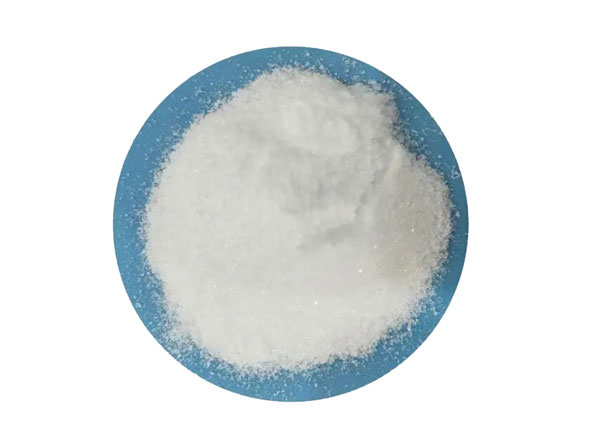Safety Guidelines for the Storage and Handling of Chlorate Salts
2025-07-16
Chlorate salts are a class of chemicals widely used in industry, agriculture, and laboratories. Because they possess strong oxidizing properties and may cause fires or explosions under certain conditions, proper storage and handling of chlorate salts are critical to ensuring personnel safety and environmental health. This article will provide detailed information on storage conditions, handling precautions, and emergency measures for chlorate salts, helping relevant professionals mitigate risks.
Storage Safety Requirements
The storage environment for chlorates must be dry, cool, and well-ventilated, away from heat sources, flames, and flammable materials. Warehouse temperatures should be maintained below 30°C, and direct sunlight should be avoided. Since chlorates may react violently when exposed to reducing agents, acids, sulfur, phosphorus, and other substances, they must be stored separately and must not be stored together with other materials. Packaging containers must be tightly sealed to prevent moisture absorption or leakage. It is recommended to use containers made of inert materials (such as plastic or glass) and avoid using metal containers to prevent corrosion. Additionally, storage areas should be equipped with explosion-proof lighting and fire safety facilities, and clearly marked safety warning signs should be displayed.
Handling and Operating Procedures
When handling chlorate salts, operators must wear protective gear, including chemical-resistant gloves, goggles, and dust masks, to avoid direct skin contact or inhalation of dust. Smoking or open flames are prohibited in the workplace. Handle materials gently during operations to prevent friction or impact. If crushing or grinding chlorate salts is necessary, use specialized tools and control dust concentrations. When dissolving chlorate salts, add water slowly while stirring. Never pour water into chlorate salts to prevent localized overheating and potential hazards. Clean the area promptly after use, and collect any residues properly; do not dispose of them carelessly.

Leakage and Emergency Response
In case of a chlorate salt leakage, immediately isolate the area and evacuate non-essential personnel. For small-scale leaks, use dry inert materials (such as sand or soil) to absorb the substance and place it in a sealed container to prevent dust dispersion; for large-scale leaks, contact a professional team for handling. Never use water to rinse, as this may cause contamination to spread. If a chlorate-related fire occurs, use large amounts of water or dry powder fire extinguishers to extinguish the fire; do not use foam or carbon dioxide fire extinguishers. If personnel come into contact with chlorate salts, the affected areas should be immediately rinsed with clean water. Those who have ingested it should be induced to vomit and taken to a medical facility.
Waste Management
Discarded chlorate salts and their contaminants must be disposed of in accordance with hazardous waste management regulations, entrusted to qualified entities for processing, and must not be mixed with ordinary garbage. Temporary storage areas should be located away from populated areas and water sources, and labeled with component and hazard information.
In summary, the safe management of chlorate requires strict adherence to operating procedures, enhanced personnel training, and regular inspections of storage facilities. So it's very important to operate regularly when use these chemical stuffs, which means only through scientific and rigorous measures can accidents be effectively prevented, ensuring the safe conduct of production and experiments.
As a professional manufacturer and supplier, we provide high-quality products. If you are interested in our products or have any questions, please feel free to contact us.


